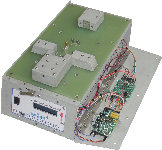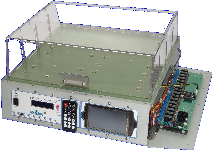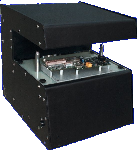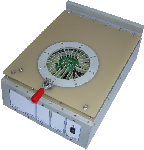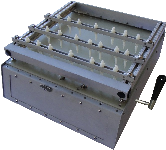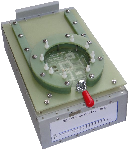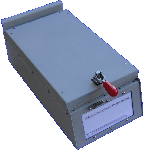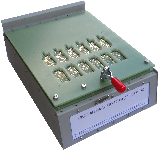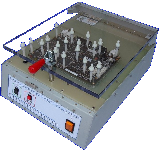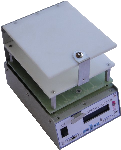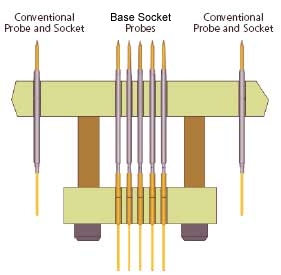 Socketless Probes Utilize a Small Base Socket
Socketless Probes Utilize a Small Base SocketAs the size of circuit boards continues to shrink, the demand grows for smaller probes to use on 0.075", 0.050", and even 0.039" centers. Smaller-diameter probes, however, are not only costly to manufacture, they also are less robust, easier to damage, harder to maintain, and tend to need replacing more often than larger probes, all of which drive up test costs. Smaller probes also offer fewer tip-style and spring-force options.









